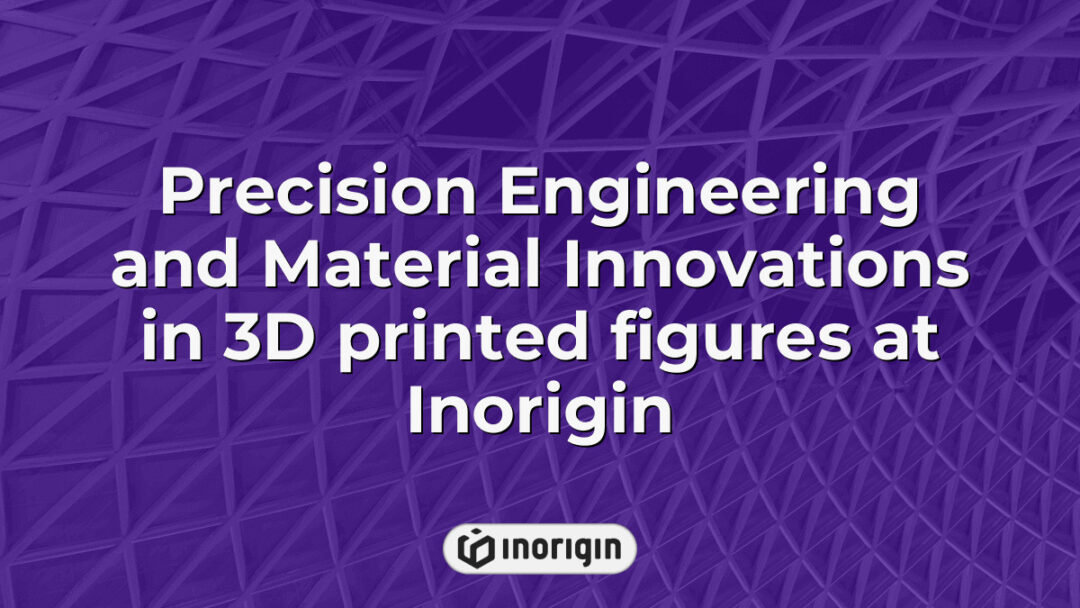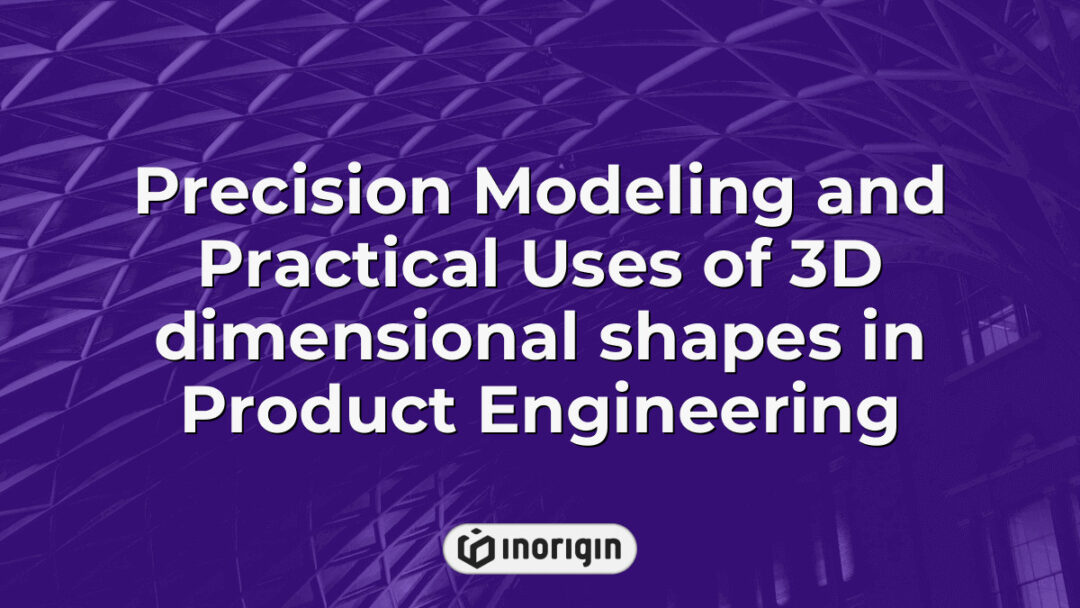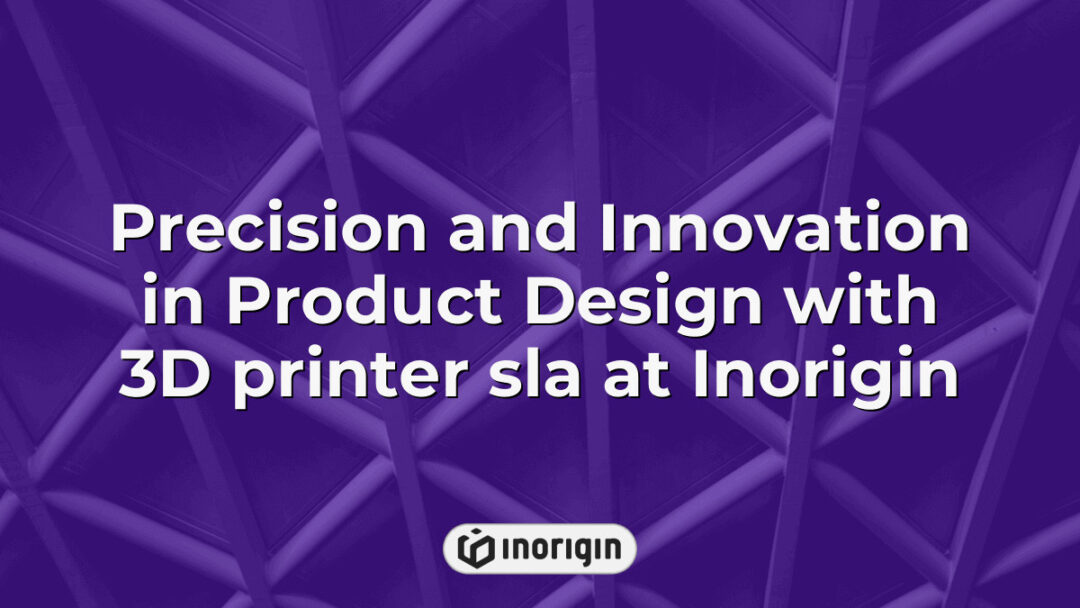In a world increasingly enamored with the idea that technology can solve all problems—ranging from mundane household chores to existential crises—it is perhaps fitting that 3D printed figures have emerged as both an artistic marvel and a testament to humanity’s penchant for whimsy. These miniature representations of everything from beloved pop culture icons to fantastical creatures serve not only as decorative objects but also as an ironic reminder of society’s insatiable desire for customization and instant gratification. In this age where individuals can summon their own plastic doppelgängers at the push of a button, one must ponder whether such innovations herald a new era of creative expression or merely reflect our collective obsession with turning every conceivable object into a personalized trophy of modernity. Thus, the exploration of 3D printed figures transcends mere fascination; it invites critical inquiry into the implications of merging art, technology, and consumerism in contemporary society.
| Aspect | Key Takeaway |
|---|---|
| Focus Keyword & Market Significance | 3D printed figures represent a rapidly growing sector, driven by advanced technologies that enable precise customization and innovative design solutions. |
| Material Selection | A variety of materials such as thermoplastics, resins, metals, and biocompatible substances allow for tailored properties suited to different figure applications. |
| Applications Across Industries | These figures play vital roles in healthcare, education, entertainment, and product development, supporting enhanced visualization and functional prototypes. |
| Design & Production Considerations | Effective design requires attention to geometry, material compatibility, and post-processing methods to achieve high-quality and durable figures. |
| Customization & Creative Potential | Advanced CAD tools and printing techniques empower creators to produce bespoke 3D printed figures that combine aesthetic appeal with functional performance. |
| Challenges in 3D Printing Process | Overcoming material behavior, mechanical calibration, and environmental factors is essential to ensure consistent print quality and precision. |
| Future Outlook & Innovation | Ongoing advancements in materials and technology will expand customization options, improve sustainability, and broaden the impact of 3D printed figures globally. |
Overview Of 3D Printing Technology
In recent years, the global 3D printing market has experienced exponential growth, with a projected value expected to reach $34.8 billion by 2024, highlighting its increasing significance across various industries. This technology encompasses a range of additive manufacturing processes that construct three-dimensional objects from digital models through layer-by-layer deposition of materials. Among these methods, Fused Deposition Modeling (FDM) and Selective Laser Sintering (SLS) are among the most widely utilized techniques due to their versatility and efficiency in producing intricate designs. Furthermore, advancements in material science have expanded the palette of usable substances beyond traditional plastics to include metals, ceramics, and even biocompatible materials for medical applications. As this field continues to evolve, it is evident that 3D printing not only revolutionizes product development but also poses implications for supply chain management and customization capabilities within diverse sectors such as aerospace, automotive, and healthcare. The ongoing research and innovation surrounding 3D printing technologies suggest a transformative impact on manufacturing paradigms globally.
Materials Used For 3D Printed Figures
The realm of 3D printed figures is characterized by a diverse array of materials, each contributing unique properties and advantages to the manufacturing process. Initially, thermoplastics such as polylactic acid (PLA) and acrylonitrile butadiene styrene (ABS) serve as popular choices due to their ease of use and accessibility in various printing technologies. Subsequently, advancements have introduced more specialized materials like nylon and resin, which offer enhanced strength and detail for intricate designs. Transitioning from polymers, metal powders are increasingly utilized in applications requiring superior durability and resistance; these materials facilitate the production of robust components that meet demanding industrial standards. Moreover, biocompatible materials have emerged as significant players in medical applications, underscoring the versatility of 3D printing technology across multiple sectors. As research continues to evolve, innovative composites combining traditional elements with additives promise to further expand the capabilities of 3D printed figures, thereby broadening the scope for future developments within this dynamic field.
Applications Of 3D Printed Figures
The applications of 3D printed figures are nothing short of revolutionary, extending far beyond mere novelty items to encompass a myriad of fields that significantly impact contemporary society. Initially prominent in the realms of prototyping and product development, these figures have now permeated industries such as healthcare, education, and entertainment. For instance, in medical settings, custom anatomical models allow for enhanced surgical planning and patient education; this capability transforms pre-operative procedures into meticulously tailored experiences. Furthermore, within educational contexts, 3D printed figures serve as invaluable tools for visual learning, enabling students to engage with complex concepts through tangible representations. The entertainment industry also harnesses this technology by creating lifelike characters and props that elevate storytelling to unprecedented heights. Moreover, a growing trend in personalized consumer products highlights how individuals can uniquely express themselves through customized designs. As these applications continue to expand and evolve, it becomes evident that the potential of 3D printed figures is limited only by the imagination—paving the way for innovations that were once deemed inconceivable.
Design Considerations For 3D Printed Figures
Design considerations for 3D printed figures encompass a range of critical factors that influence both the aesthetic appeal and functional integrity of the final product. Primarily, material selection plays a pivotal role; different materials offer varying degrees of strength, flexibility, and surface finish, thereby impacting durability and visual characteristics. Furthermore, geometric complexity must be assessed during the design phase; intricate designs may necessitate advanced printing techniques or support structures to ensure successful fabrication. Additionally, scale is significant in determining not only the feasibility of production but also the intended application—larger figures might demand increased structural support while smaller details require precision in resolution. Moreover, post-processing techniques should be contemplated as they can enhance surface quality and overall appearance after printing. Ultimately, these multifaceted design considerations are essential for achieving optimal results in 3D printed figures, ensuring that they meet both practical requirements and artistic expectations effectively.
The Future Of 3D Printed Figures
As the field of additive manufacturing continues to evolve, it is evident that 3D printed figures are on the brink of significant advancements. The integration of innovative materials and technologies will undoubtedly reshape the capabilities and applications of these figures. For instance, developments in bio-based filaments could enhance sustainability while simultaneously improving the aesthetic qualities of printed models. Moreover, advancements in software for designing complex geometries may allow creators to push the boundaries of artistic expression and functional design alike. Alongside technological improvements, there is a growing trend towards customization; individuals increasingly seek personalized items that reflect their identity or preferences, driving demand for bespoke 3D printed products. Consequently, as industry standards rise and consumer expectations shift, the future landscape of 3D printed figures promises not only enhanced quality but also broader accessibility across various sectors including education, healthcare, and entertainment. This transformation underscores an ongoing commitment to innovation within this dynamic domain.
Frequently Asked Questions
What Are The Costs Associated With 3D Printing Figures?
The realm of 3D printing figures is akin to navigating a complex landscape, where various cost factors emerge like peaks and valleys that must be traversed. Initially, the most apparent expense involves the acquisition of a suitable 3D printer; prices can vary significantly based on technology type—Fused Deposition Modeling (FDM), Stereolithography (SLA), or Selective Laser Sintering (SLS)—with entry-level models starting around several hundred dollars and professional-grade machines reaching thousands. Furthermore, material costs play a crucial role in the overall expenditure, as different filaments such as PLA, ABS, or resin come with distinct price points and properties influencing figure quality. In addition to equipment and materials, operational expenses—including electricity consumption during printing sessions and maintenance requirements—must also be considered, contributing to the long-term financial commitment associated with this technology. Moreover, one should not overlook potential software licensing fees for design programs necessary for creating 3D models, which can add another layer of complexity to budgeting efforts. Therefore, assessing the total costs linked to producing 3D printed figures necessitates a thorough understanding of each component involved in the process while recognizing that these investments may ultimately enhance creative capabilities and expand opportunities within various fields such as art, education, and manufacturing.
How Long Does It Typically Take To 3D Print A Figure?
The duration required to 3D print a figure can vary significantly based on several factors, including the size and complexity of the model, the type of printer used, and the material selected for printing. Research indicates that smaller figures may take as little as one hour to complete, whereas larger or more intricate designs could extend this time frame to over ten hours. Furthermore, various printing technologies such as Fused Deposition Modeling (FDM) or Stereolithography (SLA) influence speed; for instance, FDM typically requires longer processing times compared to SLA due to its layer-by-layer deposition method. Additionally, post-processing steps—including curing, cleaning, and finishing—can further prolong the overall timeline from design to final product. Thus, while initial estimates might suggest a straightforward timeframe for production, multiple variables must be considered to accurately assess how long it takes to 3D print a figure. This multifaceted nature of 3D printing timelines underscores the importance of careful planning in both professional and hobbyist applications.
What Are The Common Challenges Faced During The 3D Printing Process?
The process of 3D printing figures can be likened to navigating a dense forest; while the destination may seem clear, numerous obstacles often obscure the path. One prominent challenge encountered during 3D printing is related to material properties, where variations in filament quality or type can significantly affect adhesion and overall print integrity. Additionally, mechanical issues such as misalignment of components or insufficient calibration may lead to defects like layer separation or warping, which compromise the final output. Environmental factors also play a critical role; fluctuations in temperature and humidity can alter the behavior of materials during printing, resulting in inconsistent layer bonding. Moreover, post-processing demands attention as support structures must be carefully removed without damaging the delicate features of printed figures. Overall, these challenges necessitate a thorough understanding of both the technical specifications of 3D printers and the inherent properties of materials employed in order to enhance reliability and achieve desired outcomes consistently.
Can I Create Custom Designs For 3D Printed Figures, And How?
The realm of custom design in 3D printed figures is akin to an artist with a blank canvas, offering limitless possibilities for creativity and innovation. The process of creating bespoke designs involves several critical steps that necessitate both technical proficiency and artistic vision. Initially, the use of computer-aided design (CAD) software is essential; such tools enable users to construct detailed three-dimensional models tailored to specific requirements. Following this phase, it is crucial to ensure compatibility with the chosen 3D printing technology by converting these models into appropriate file formats, such as STL or OBJ. Subsequently, considerations related to material selection must be addressed, as different materials can significantly influence the final product’s aesthetic qualities and structural integrity. Moreover, post-processing techniques may enhance the appearance and functionality of the printed figures, contributing further to their uniqueness. As advancements in technology continue to evolve, opportunities for customization are expanding, allowing designers greater freedom to manipulate shapes, textures, and features within their creations. Thus, engaging in custom designs for 3D printed figures not only fosters individual expression but also reflects broader trends in personalized manufacturing practices across various industries.
What Post-processing Techniques Are Recommended For 3D Printed Figures?
Post-processing techniques play a crucial role in enhancing the quality and aesthetic appeal of 3D printed figures. Various methods are employed to improve surface finish, structural integrity, and overall appearance. Common post-processing techniques include sanding, which effectively removes layer lines and imperfections; painting, used to add color and detail; and sealing, which protects the figure from environmental factors while providing a polished look. Additionally, chemical smoothing can be utilized for certain materials, such as ABS or PLA, where solvents like acetone or ethyl acetate create a smoother surface by melting the outer layers slightly. Other advanced techniques may involve resin coating or application of textured finishes for added realism. Collectively, these strategies contribute significantly to transforming raw prints into visually appealing final products.
TIP: Embracing post-processing not only enhances the physical attributes of 3D printed figures but also elevates them into cherished artworks that resonate emotionally with their creators and audiences alike—transforming simple plastic into meaningful expressions of creativity and passion.
Conclusion
The evolution of 3D printed figures signifies a renaissance in manufacturing and design, akin to the transformative impact of the printing press on literature. As technology advances, potential applications will expand, heralding an era where creativity and innovation converge seamlessly to redefine artistic expression and functional utility.
Related posts:
- The Geometric Foundations and Practical Applications of 3D figures in Design and Engineering
- Precision Crafting and Customization Techniques for 3D printed action figures in Product Design
- 3D printing action figures with professional design and finishing by Inorigin
- Precision Techniques and Material Selection for Your 3D Print Action Figure
- Innovative Techniques and Designs in 3D printing batman Figures
- Design engineering project breakthroughs at Inorigin’s innovative Greek studio




